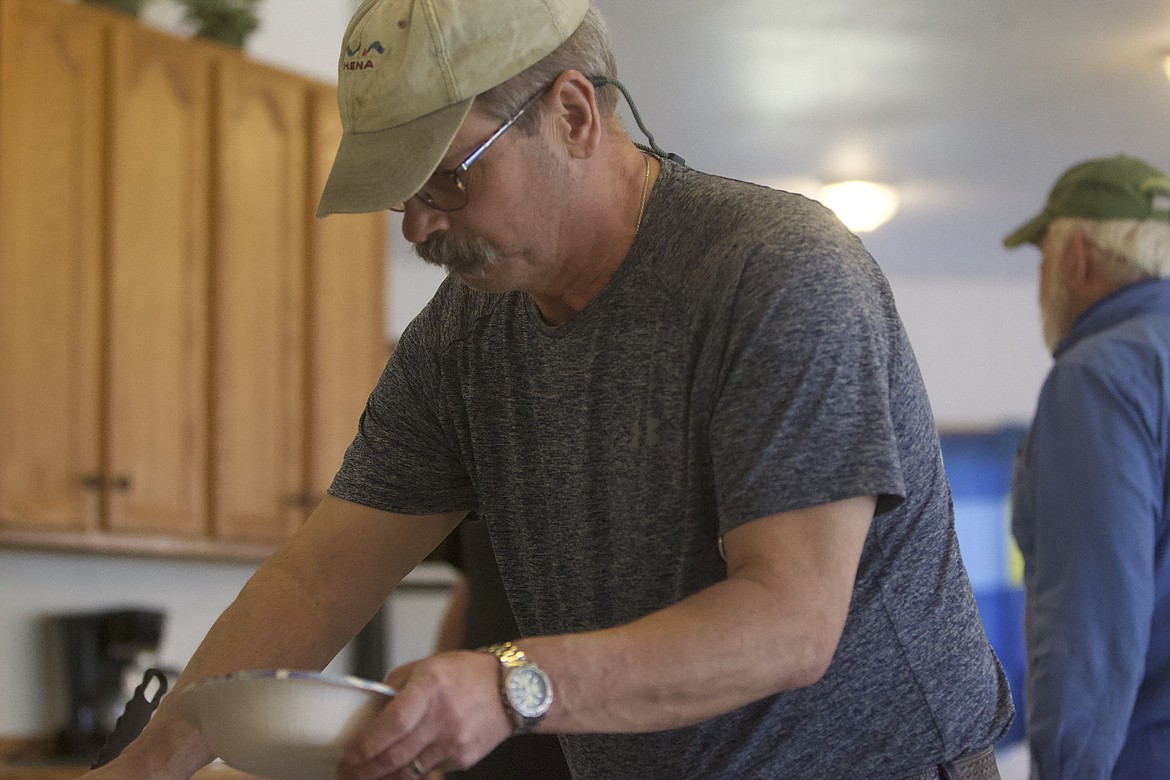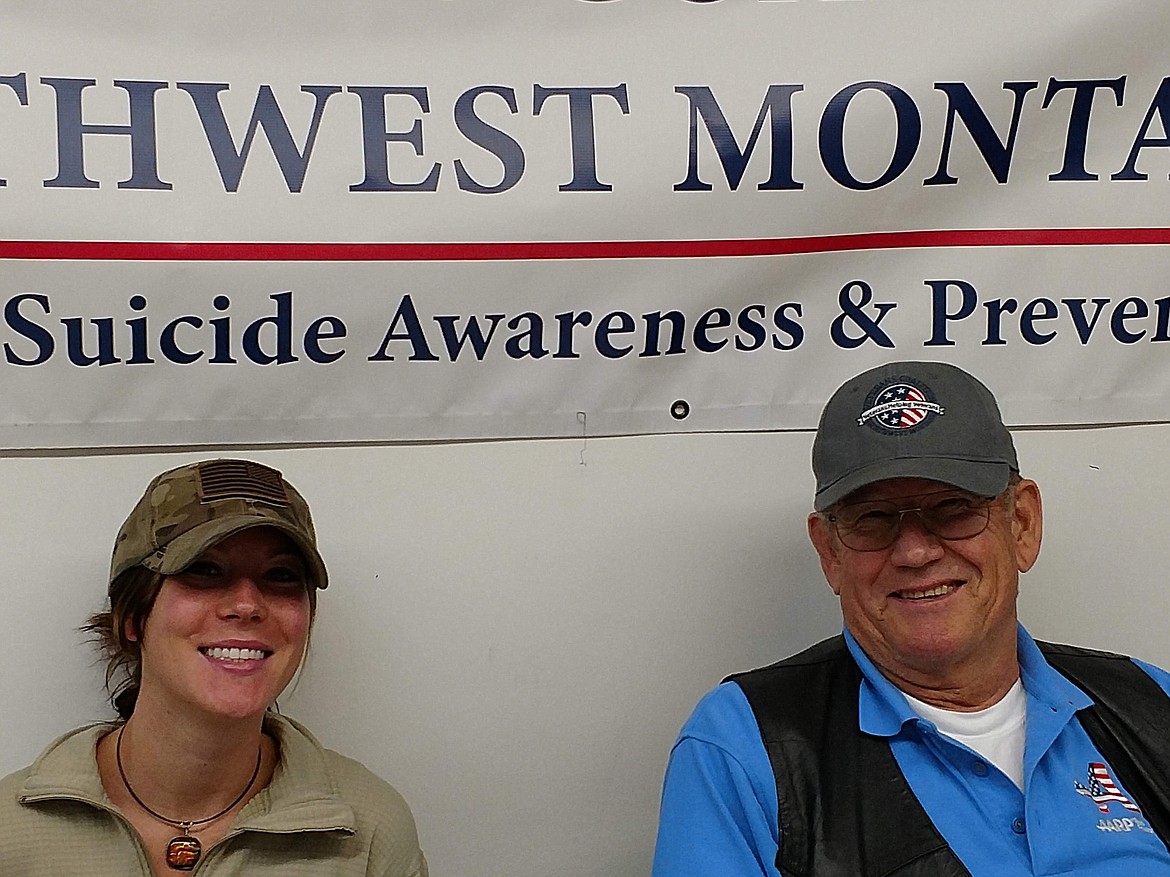Veterans serve on the front lines of suicide prevention
Rick Morrow knew time was limited when he got the call.
A distraught woman had told his pastor that her husband, an Army veteran, was suffering a severe mental health crisis...
Become a Subscriber!
You have read all of your free articles this month. Select a plan below to start your subscription today.
Already a subscriber? Login









